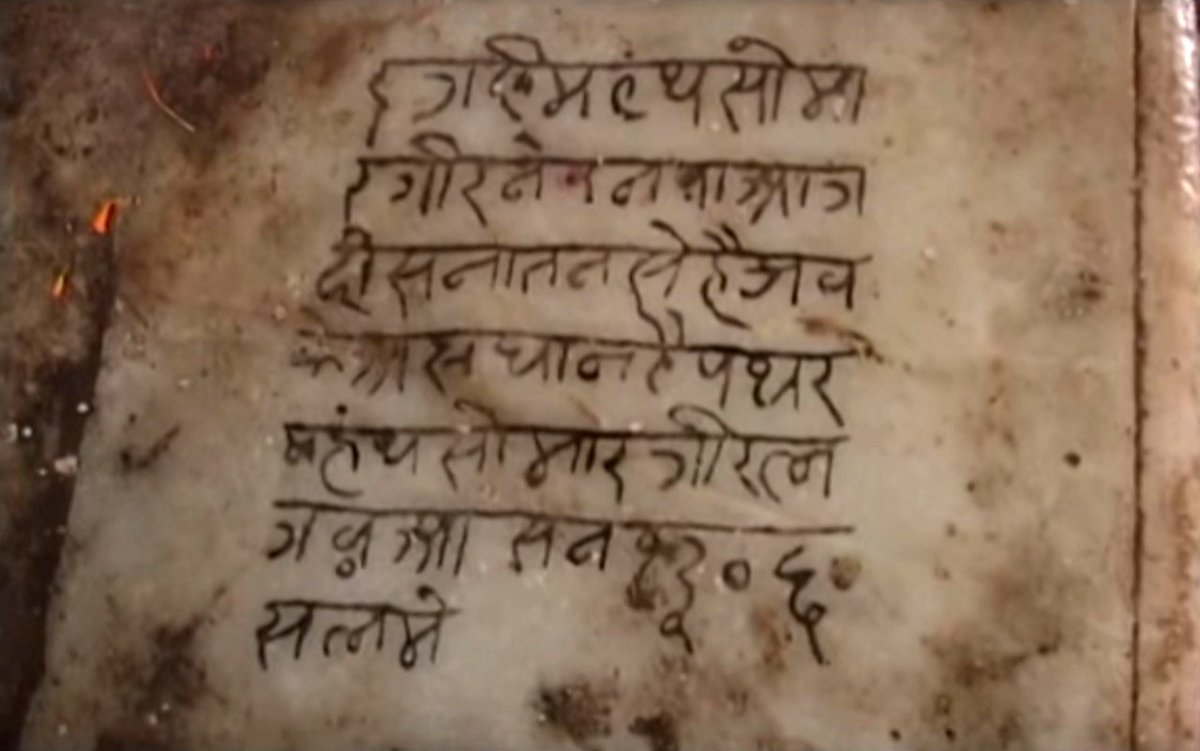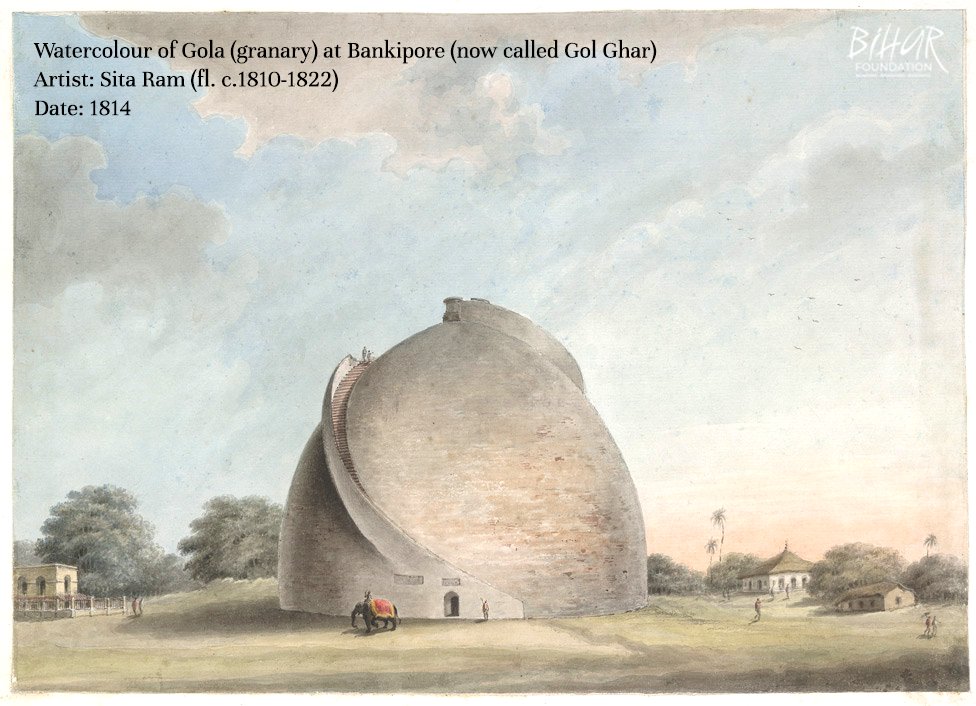
Deshratna Dr Rajendra Prasad: A pictorial tribute to a remarkable man who has left a legacy of inspiration for generations to come.
# 1: #Champaran Satyagrah, 1917
(Sitting): Rajendra Prasad & Anugrah Narayan Singh
(Standing): Ramnavami Prasad & Shambhu Sharan Sharma
# 1: #Champaran Satyagrah, 1917
(Sitting): Rajendra Prasad & Anugrah Narayan Singh
(Standing): Ramnavami Prasad & Shambhu Sharan Sharma

# 8
Dr. Rajendra Prasad giving oath to Dr. BR Ambedkar as the first law minister of independent India.
Dr. Rajendra Prasad giving oath to Dr. BR Ambedkar as the first law minister of independent India.

# 9
Dr Rajendra Prasad, approved resurrection of Somnath Temple and performed the 'Pran Pratistha' (consecration of the deity) on 11 May 1951.
He believed that the resurrection of Somnath temple will only be complete when India reclaims its lost cultural & economic glory.
Dr Rajendra Prasad, approved resurrection of Somnath Temple and performed the 'Pran Pratistha' (consecration of the deity) on 11 May 1951.
He believed that the resurrection of Somnath temple will only be complete when India reclaims its lost cultural & economic glory.

# 10
Dr Rajendra Prasad, then President of India, during his visit to Somnath temple at Veraval in Gujarat on January 1, 1956.
Dr Rajendra Prasad, then President of India, during his visit to Somnath temple at Veraval in Gujarat on January 1, 1956.

#11
Dr Rajendra Prasad swearing in new cabinet minister Sardar Vallabhbhai Patel as India becomes a republic, January 30th 1950.
Dr Rajendra Prasad swearing in new cabinet minister Sardar Vallabhbhai Patel as India becomes a republic, January 30th 1950.

#16
President Dr. Rajendra Prasad with Prime Minister of the People's Republic of China, Zhou Enlai at Rashtrapati Bhavan
@China_Amb_India

President Dr. Rajendra Prasad with Prime Minister of the People's Republic of China, Zhou Enlai at Rashtrapati Bhavan
@China_Amb_India


@China_Amb_India #17
President of India Dr Rajendra Prasad and the President of USA arriving in State for the opening ceremony of the World Agriculture Fair
President of India Dr Rajendra Prasad and the President of USA arriving in State for the opening ceremony of the World Agriculture Fair

@China_Amb_India #18
(1) President Dr. Rajendra Prasad and President elect, Dr. S. Radhakrishnan, driving from Rashtrapati Bhavan to Parliament House
(2) Dr. Rajendra Prasad greeting Dr. S. Radhakrishnan after the swearing in ceremony

(1) President Dr. Rajendra Prasad and President elect, Dr. S. Radhakrishnan, driving from Rashtrapati Bhavan to Parliament House
(2) Dr. Rajendra Prasad greeting Dr. S. Radhakrishnan after the swearing in ceremony


• • •
Missing some Tweet in this thread? You can try to
force a refresh





























